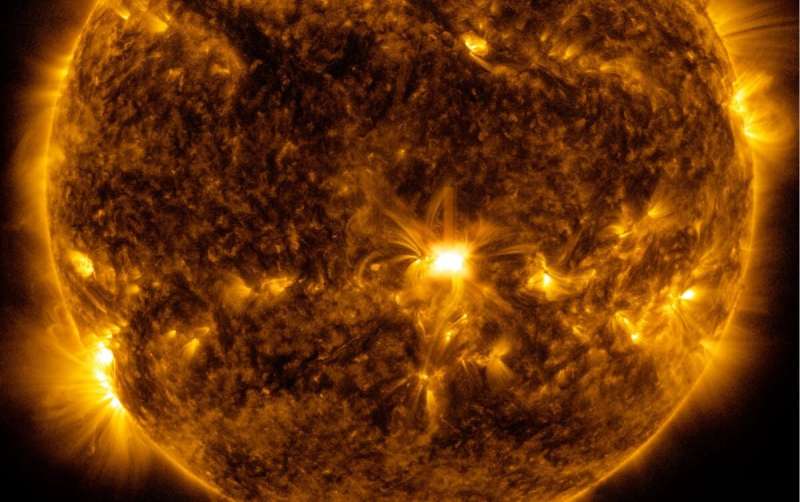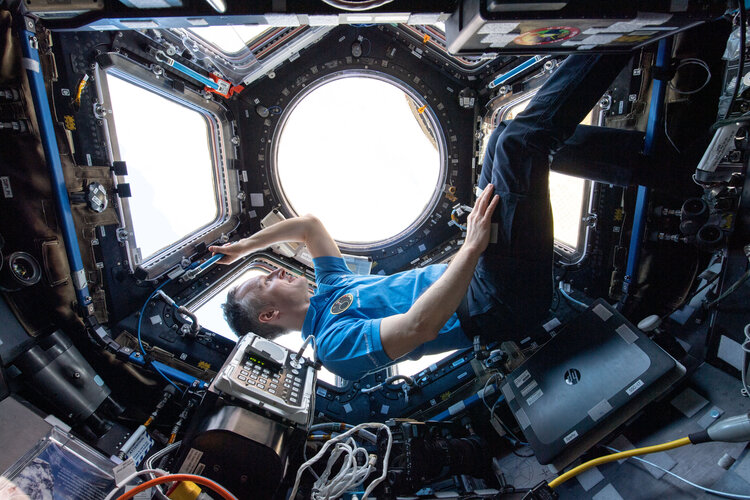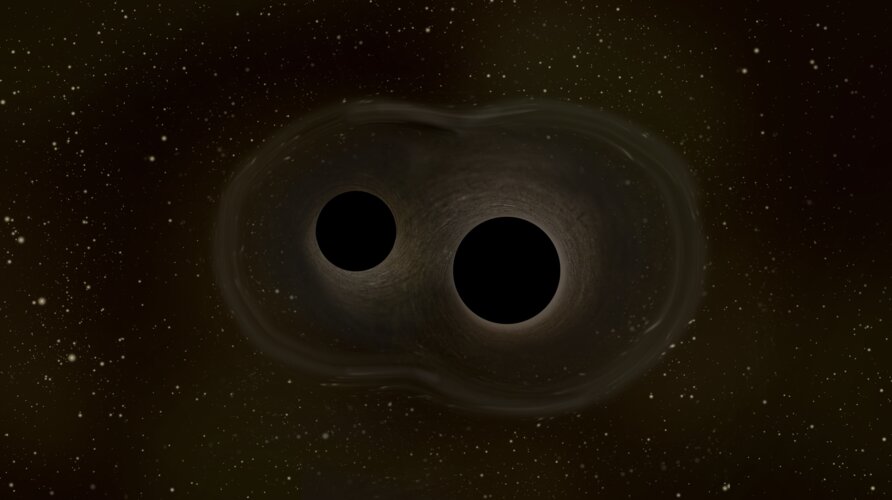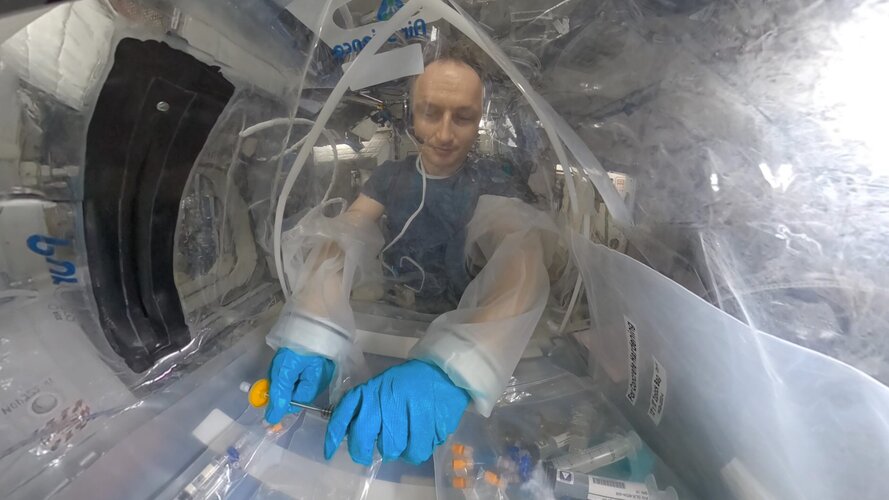
Copernical Team
Astroscale's ELSA-d completes complex rendezvous operation
 Astroscale Holdings Inc. ("Astroscale"), the market leader in satellite servicing and long-term orbital sustainability across all orbits, has announced that, despite several unexpected setbacks, its End-of-Life Services by Astroscale-demonstration (ELSA-d) mission successfully completed further controlled close-approach rendezvous operations between its two spacecraft in orbit.
The technol
Astroscale Holdings Inc. ("Astroscale"), the market leader in satellite servicing and long-term orbital sustainability across all orbits, has announced that, despite several unexpected setbacks, its End-of-Life Services by Astroscale-demonstration (ELSA-d) mission successfully completed further controlled close-approach rendezvous operations between its two spacecraft in orbit.
The technol Tracking agricultural-related deforestation

The global trade in agricultural commodities provides food, fuel and fibre to consumers around the world. Commodity production, however, is also linked with negative environmental impacts, including the loss and degradation of forested land.
Approximately 90% of global deforestation is driven by agricultural expansion – a phenomenon which has roots in the global demand for products such as palm oil, soy and beef. New research reveals how satellites can be used to map and monitor forest-cover changes and help implement effective zero deforestation commitments.
Sun releases moderate solar flare

The Sun emitted a moderate solar flare on May 4, 2022, peaking at 5:00 a.m. ET. NASA's Solar Dynamics Observatory, which watches the Sun constantly, captured an image of the event.
The Laser Interferometer Space Antenna reaches a crucial milestone

LISA, the Laser Interferometer Space Antenna, has reached an important milestone: it has passed the comprehensive "Mission Formulation Review" (MFR) and now enters the next phase of development. The review team, consisting of experts from ESA, NASA, the scientific community and industry, identified no showstoppers and confirmed that LISA has successfully reached a maturity sufficient to proceed to the next stage of development.
The MFR confirms the feasibility of the LISA mission and identifies a clear path of technology developments needed to reach the next major milestone: the mission adoption. The MFR is a checkpoint to ensure that the technology and planning for LISA is sufficiently mature; this is a prerequisite for mission development to continue. In an ESA mission lifetime cycle, the MFR is the formal end of Phase A (mission feasibility). LISA now enters Phase B1, which is focused on the preliminary definition of the mission.
"LISA is well underway. We are now entering phase B1, during which we do more detailed design work to establish the complete set of mission requirements and the verifications approach," says Prof. Karsten Danzmann, lead of the LISA Consortium.
Meet the IT team | Space jobs
 Video:
00:05:50
Video:
00:05:50
Meet the IT Team, see behind the scenes and find out how it is to work for the IT Department at the European Space Agency.
Watch live – Matthias Maurer returns to Earth

After almost six months aboard the International Space Station, ESA astronaut Matthias Maurer is coming home. Watch all the action, from undocking to splashdown, live on ESA Web TV.
Mission Minerva meets Cosmic Kiss | Two astronauts in orbit
 Video:
00:04:42
Video:
00:04:42
For the first time since mid 2011, ESA has two astronauts living and working together aboard the International Space Station. Watch a conversation between Samantha Cristoforetti and Matthias Maurer in this rare moment for Europe in space.
The astronauts’ meeting marks a brief crossover between the start of Samantha’s second space mission, Minerva, and Matthias’s final days in orbit for his first mission, Cosmic Kiss.
Samantha arrived with Crew-4 on 28 April in SpaceX Crew Dragon Freedom, while Matthias will depart with Crew-3 in SpaceX Crew Dragon Endurance in May after almost six months on the Station.
In this video
LISA mission moves to final design phase

ESA’s Laser Interferometer Space Antenna (LISA) passed an important review that marks the mission as feasible for final technology development and design before adoption.
Concrete Hardening | Cosmic Kiss 360°
 Video:
00:02:47
Video:
00:02:47
Take a look inside the box and join ESA astronaut Matthias Maurer from a very special perspective as he supports the @DLR Mason/Concrete Hardening experiment.
The Concrete Hardening experiment investigates the behaviour of various concrete mixtures containing cement and sand or simulated ‘Moon dust’ combined with water and various admixtures. On Earth, higher density components tend to move downward but in weightlessness they are likely to be more evenly distributed.
Researchers will analyse the concrete mixed by Matthias in space for strength, bubble and pore distribution as well as crystal structures, comparing this to ground samples. Their findings will
NASA visualization rounds up the best-known black hole systems
 Nearby black holes and their stellar companions form an astrophysical rogues' gallery in this new NASA visualization.
Stars born with more than about 20 times the Sun's mass end their lives as black holes. As the name implies, black holes don't glow on their own because nothing can escape them, not even light. Until 2015, when astronomers first detected merging black holes through the spac
Nearby black holes and their stellar companions form an astrophysical rogues' gallery in this new NASA visualization.
Stars born with more than about 20 times the Sun's mass end their lives as black holes. As the name implies, black holes don't glow on their own because nothing can escape them, not even light. Until 2015, when astronomers first detected merging black holes through the spac 